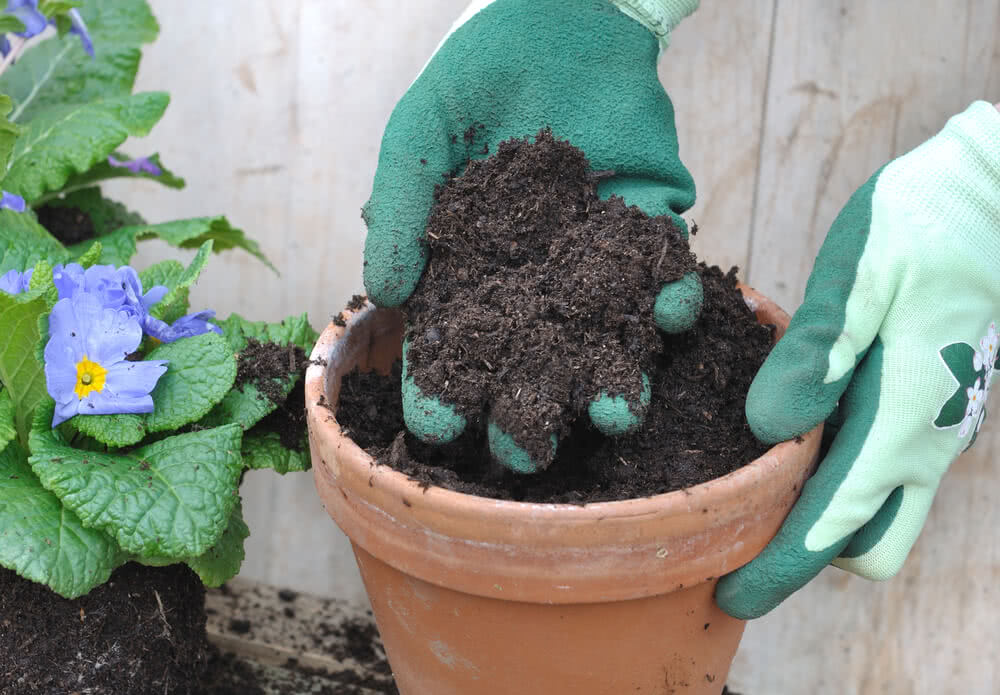If you're into a cottage-core decor and like flowers that work brilliantly in cut floral arrangements as well, then the Larkspur flower is just what you're looking for! This stunning flowering plant is a commonly seen sight in gardens worldwide, adding a graceful charm to all kinds of spaces.
These flowers bloom in gorgeous shades of blue, making them beloved by gardeners everywhere. They are true annuals and can easily be started from seeds with the right kind of care.
Buy Flower Seeds
Here's everything you need to know about Larkspur flowers:
• What you Need to Know About Delphinium Plants

Larkspur is the July birth flower that brightens up your garden with its vibrant colors, feathery foliage, and impressive heights. An absolute in the backyard beds or lovely vases these flowers are a show stealer. The Larkspur plant is the member of the Delphinium family and is available in more than 60 varieties. Its varieties range from one to seven feet in height.
The best part about these flowering plants is that their flowers bloom in the early spring while various other flowers are still weeks away.
However, one thing to remember is that need to be cautious while planting Larkspur as they are toxic in nature and can be poisonous to both the humans and the cattle, and other pets.
• Grow Larkspur: Propagation Methods to Know

Larkspur plants like full sun to partial shade, rich, fertile soil and excellent drainage. The best part is - they grow easily and rapidly.
Start Larkspur plants from seeds. Wrap the seeds in a moist paper towel sheet and place it inside an airtight plastic bag. Store it in the refrigerator for two weeks maximum before sowing. Remember to occasionally remoisten the paper towel with a spray bottle to retain the moisture.
Weed the soil at regular intervals. Break the soil 8 inches deep, preparing a 3-inch-thick layer of compost and a 1-inch layer of wood ash into the bed you've prepared.
With a rake, create series of 1/4-inch-deep furrows across the surface of the bed and sprinkle your Larkspur seeds into the furrows. Lightly rake the bed and cover the seeds.
Water the bed thoroughly immediately after planting the seeds. Use a garden hose or pipe to spray the bed lightly. Water until the soil is moist in the top inch.
• How to Grow Larkspur Flowers From Seeds: Know More

After sowing Larkspur seeds, maintaining consistent moisture in the soil is crucial to encourage germination, which typically occurs within 2-3 weeks. As seedlings begin to emerge, ensure the soil remains slightly moist but not waterlogged. When the seedlings reach about 2-3 inches in height, thin them to maintain a distance of 12-18 inches between each plant, allowing adequate space for growth and air circulation.
Larkspur plants thrive in cool temperatures and require full sun, so ensure they are positioned in a sunny spot. Regular watering is essential, especially during dry spells, but avoid overwatering to prevent root rot. Applying a balanced, slow-release fertilizer can provide the necessary nutrients for robust growth. Mulching around the base of the plants helps retain soil moisture and suppress weeds. As the plants grow, staking may be necessary to support their tall stems and prevent them from falling over. Proper care will result in vibrant, healthy larkspur blooms.
• Insects and Diseases that Affect Delphinium Plants

Larkspurs are prone to fungal diseases most notably Sclerotium rot which yellows leaves and wilts plant. It is susceptible to being affected by powdery mildew. Plants with diseases should be removed immediately in order to avoid the disease from spreading.
Insects hardly affect Larkspur. Organic or chemical insect repellents have proved to be highly effective against most pests.
Happy Gardening!













